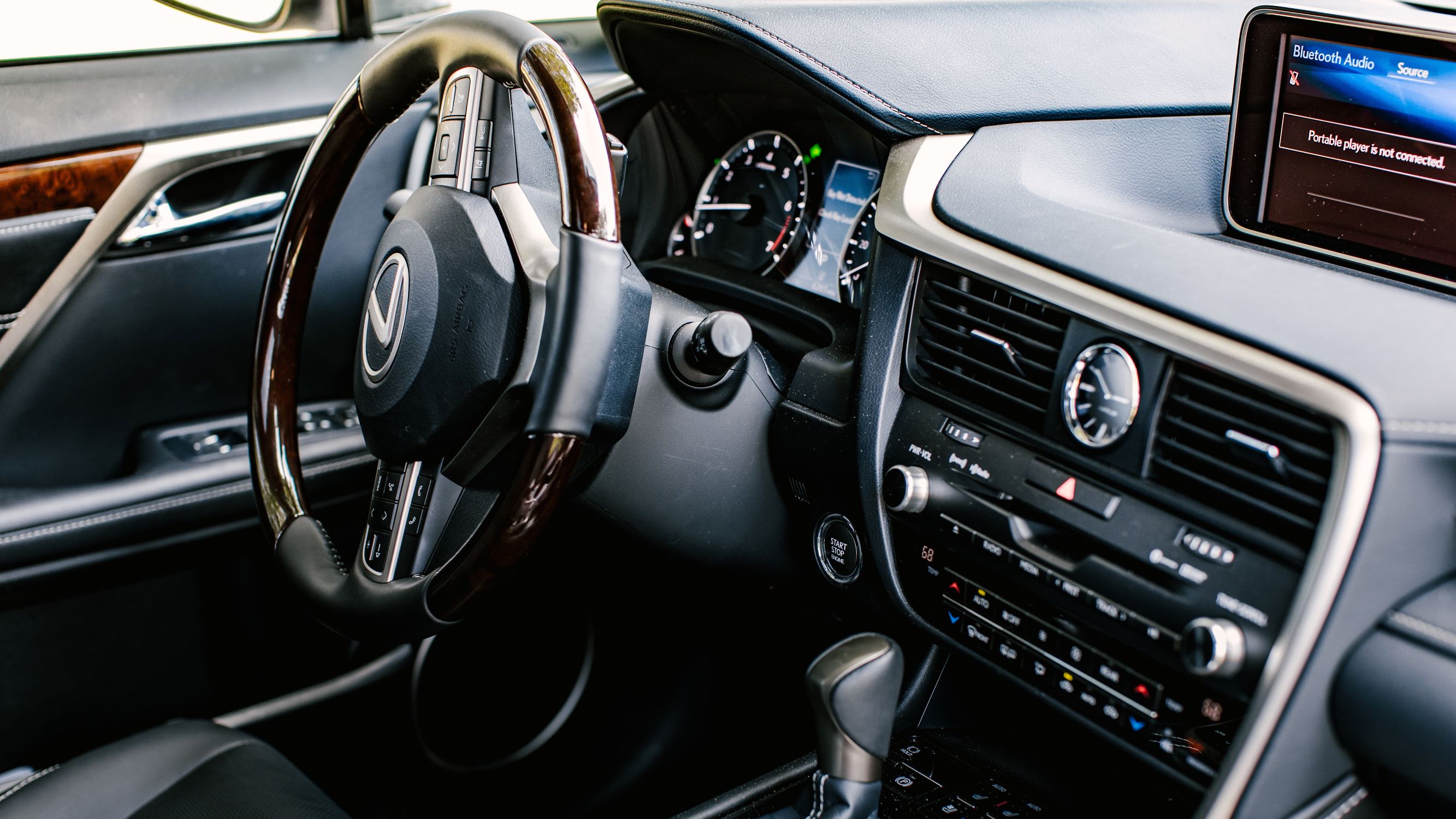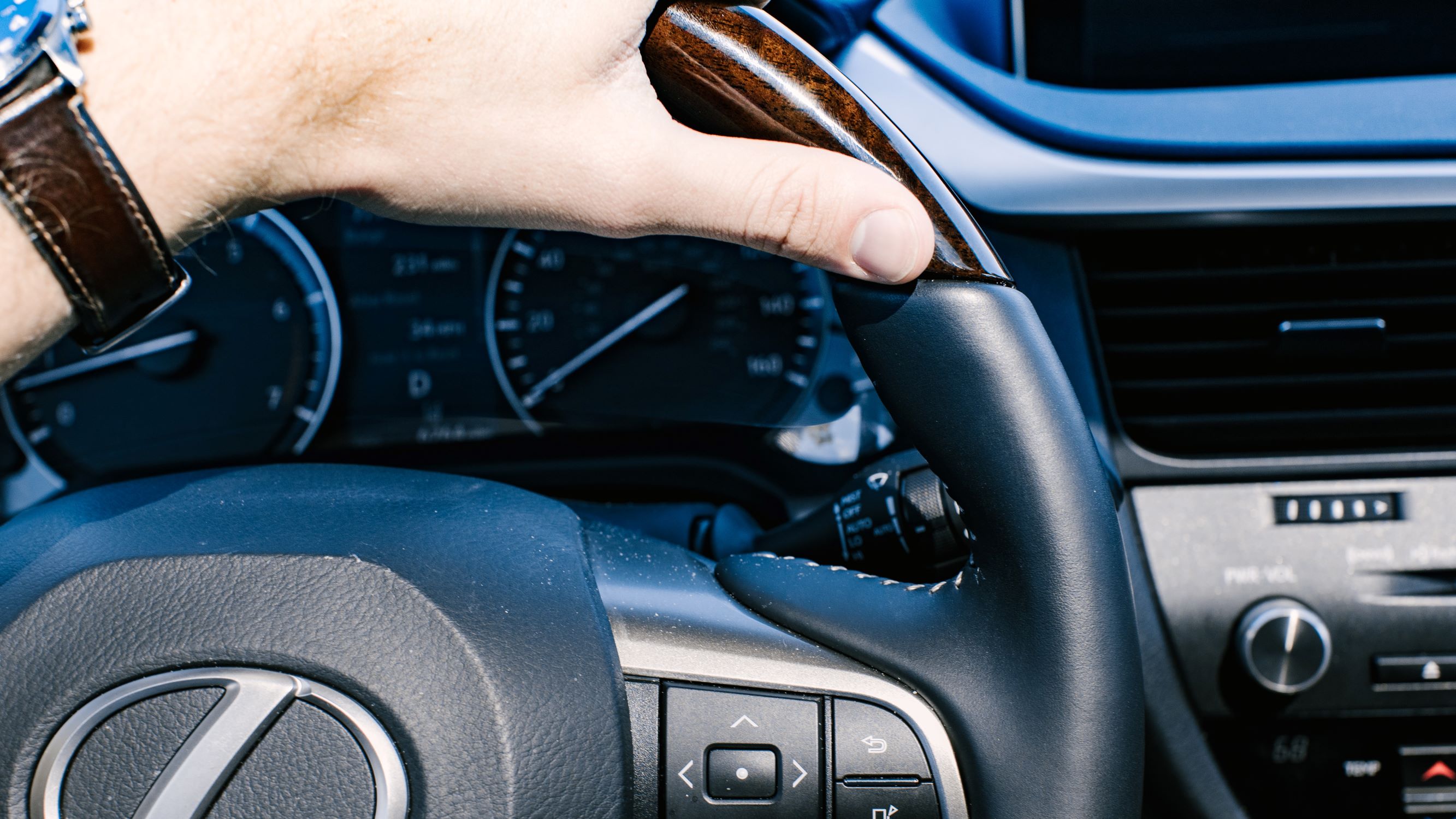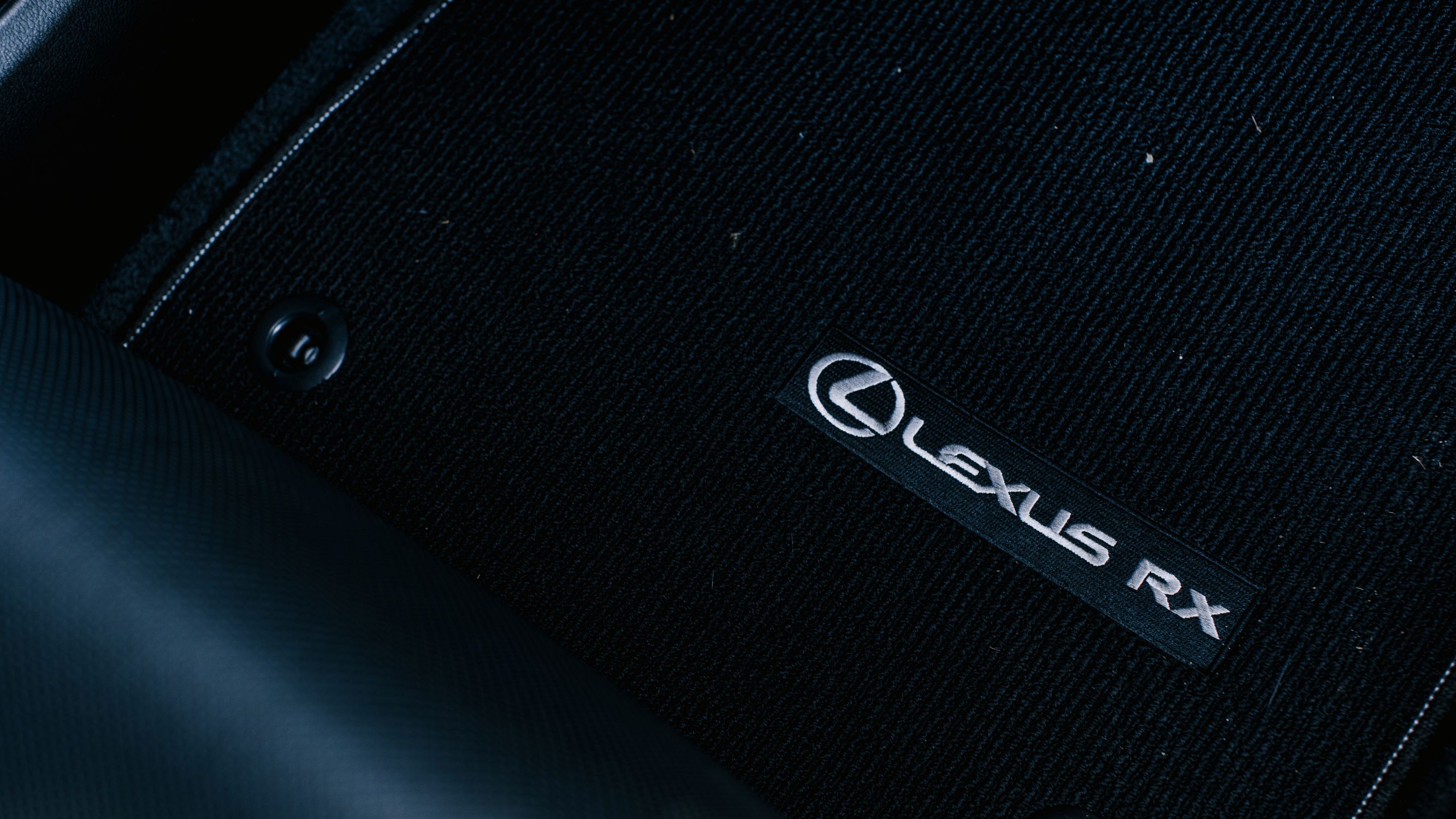Why the 2019 Lexus RX350L doesn’t use a touchscreen (and why that’s a good thing)
To tap, or not to tap?

Photo credit: Josiah Bondy
Lexus is one of the last remaining car companies to avoid any touchscreens in its cars. While you might call this stubborn refusal to jump on a bandwagon (one that's currently supported by Tesla, Ford, GM, Fiat-Chrysler, and countless others), it might actually rebound as a much more practical way to interact with cars in the near future.
Only BMW, Mercedes-Benz, a few Mazda cars and Lexus have stayed firm on what they call their 'human-machine interface' or HMI. On a BMW, it’s called iDrive. On a Mercedes, it’s the Command knob. The idea is to make sure drivers pay attention, so you keep one hand in the center console turning a knob and your eyes up and facing forward. You glance at the screen, but never reach over to touch anything, including the sat-nav and radio.
It’s almost as though these automakers have never heard about the Apple iPad.
Swiped out
On many modern cars and trucks, touchscreens are the norm. RAM Trucks recently introduced a screen on the 1500 pick-up that also measures 12 inches. The Tesla Model S sedan has a 17-inch screen that works exactly like an iPad Pro – all swipes, gestures, and taps.
On the 2019 Lexus RX 350L, there’s also a massive (but horizontal) screen that measures 12.3 inches and a resolution of 1,280 x 480 pixels. It looks glorious, but it’s also the exact opposite of what you would want as a touchscreen. If you did have to swipe or press on the screen, you’d have to lean forward and to the side too much. The Remote Touch pad you use to move around the screen seems dated, but ironically it may be the future of all driving.






Photo credit: Josiah Bondy
Sign up for breaking news, reviews, opinion, top tech deals, and more.
One reason is that bigger is better when it comes to screens inside a car. The RX 350L’s navigation system in particular looks much better than competing cars. You can see more of the road, geographic elements like lakes and forests, and keep an eye on intersections.
“For the purpose of improving visibility, Lexus has continued to use the remote controller. This HMI has provided users with a large map display that makes use of wide display,” says Sano Hirotake, general manager for electronics development at Toyota/Lexus.






Photo credit: Josiah Bondy
In the future, we’ll see more and more screens, and much bigger screens – some that take up the entire dashboard. A touchscreen won’t make any sense. Who can reach all the way over to the right side of the car to select an XM radio station? For the driver, the cocooning effect of using Remote Touch makes more and more sense as cars use more automated systems. If the car drives itself, it’s better to sit back and move your finger on a touchpad.
You've got the touch
In testing the feature recently, it became more obvious than previous tests that Remote Touch is a better fit for the day when there’s no steering wheel at all, and you can lean back and control most of the features – your speed, the entertainment options, and climate settings.






Photo credit: Josiah Bondy
I could see how Remote Touch would also work for controlling a Skype call as well, or playing a Hollywood movie even in the front seat. It’s a bit clunky at times, and the 'mouse' moves in a jarring fashion, but an improved version that’s smoother and in higher-resolution might be the answer to future driving needs without having to lean forward or use an actual remote.
We’ll see where this argument between touch and remote control ends up soon enough.
On The Road is TechRadar's regular look at the futuristic tech in today's hottest cars. John Brandon, a journalist who's been writing about cars for 12 years, puts a new car and its cutting-edge tech through the paces every week. One goal: To find out which new technologies will lead us to fully self-driving cars.

John Brandon has covered gadgets and cars for the past 12 years having published over 12,000 articles and tested nearly 8,000 products. He's nothing if not prolific. Before starting his writing career, he led an Information Design practice at a large consumer electronics retailer in the US. His hobbies include deep sea exploration, complaining about the weather, and engineering a vast multiverse conspiracy.